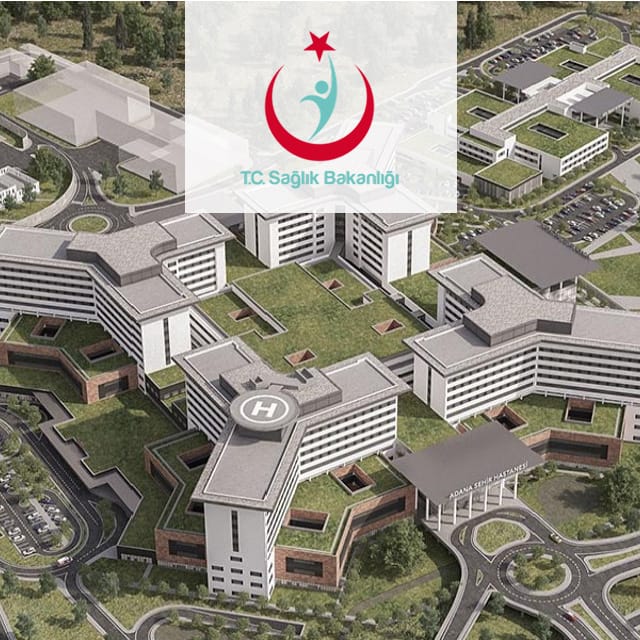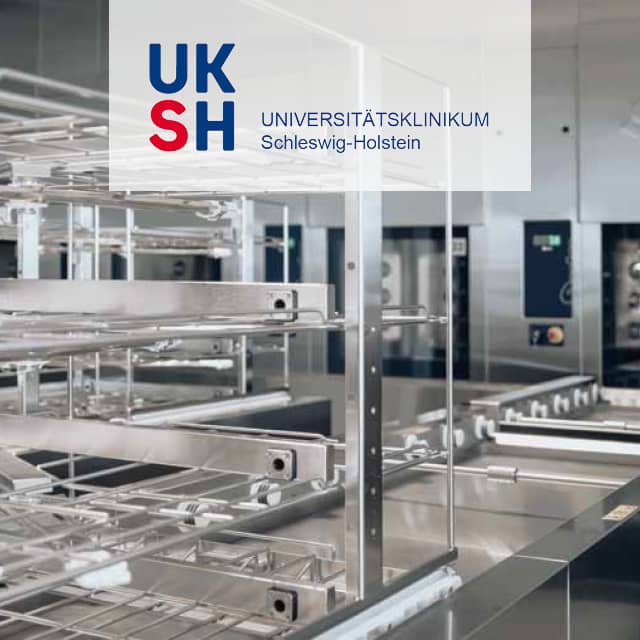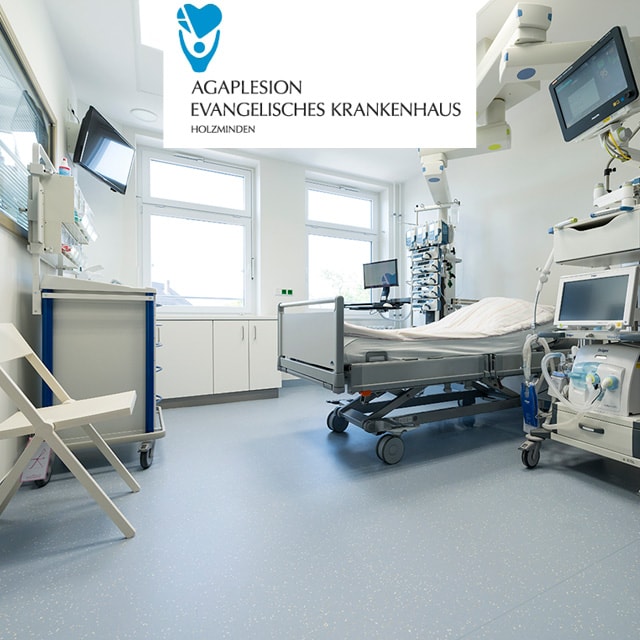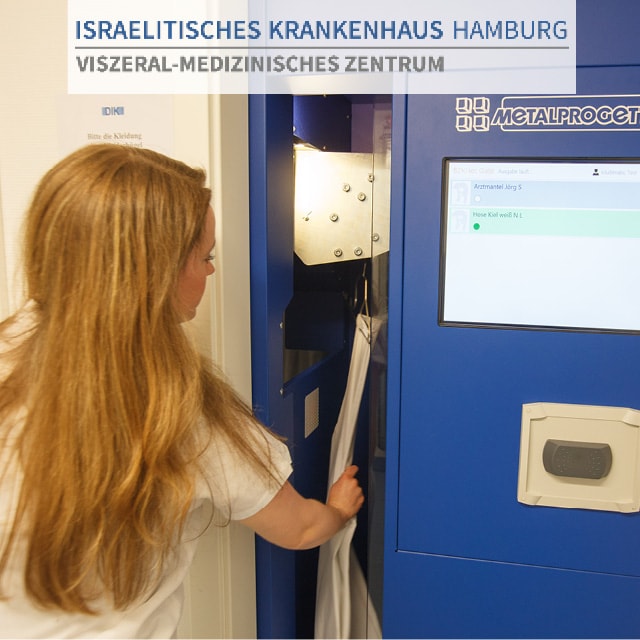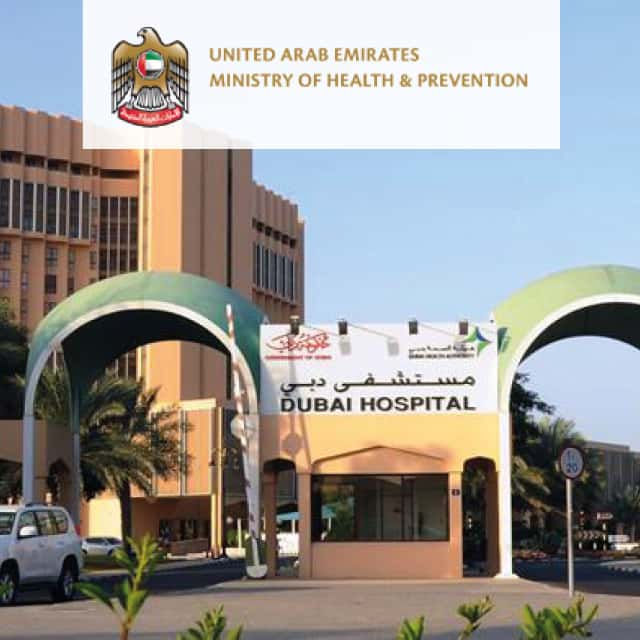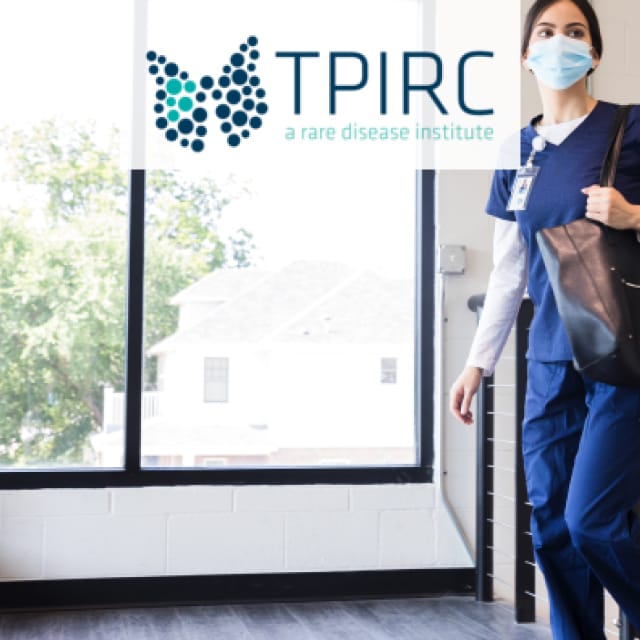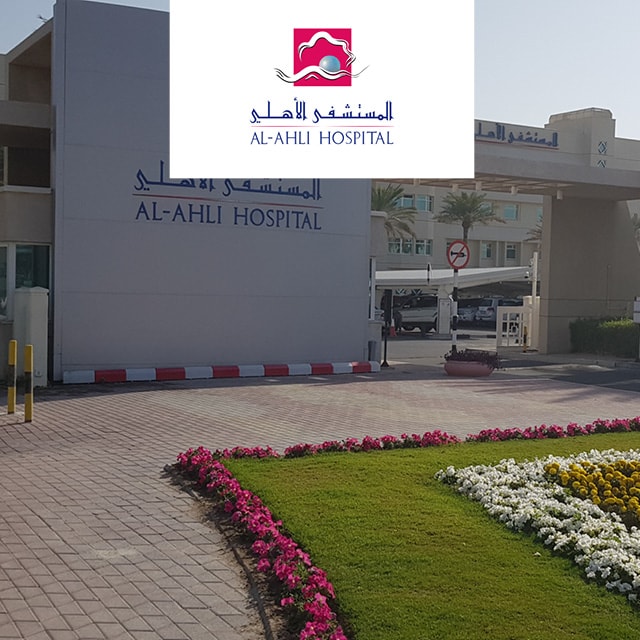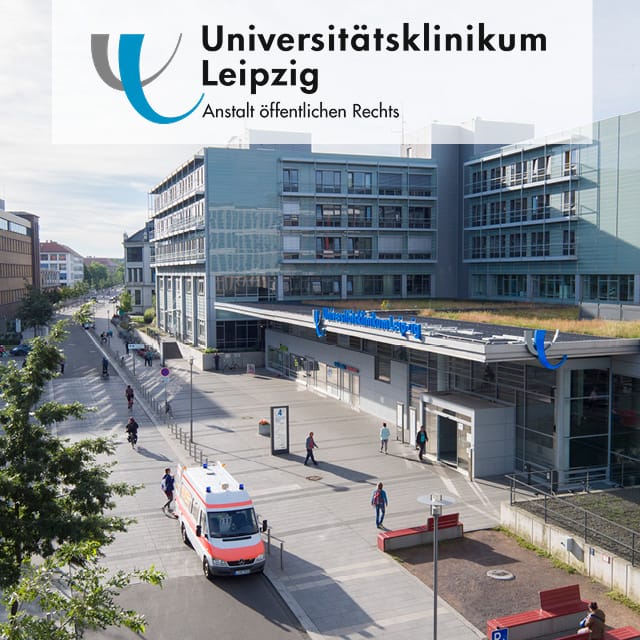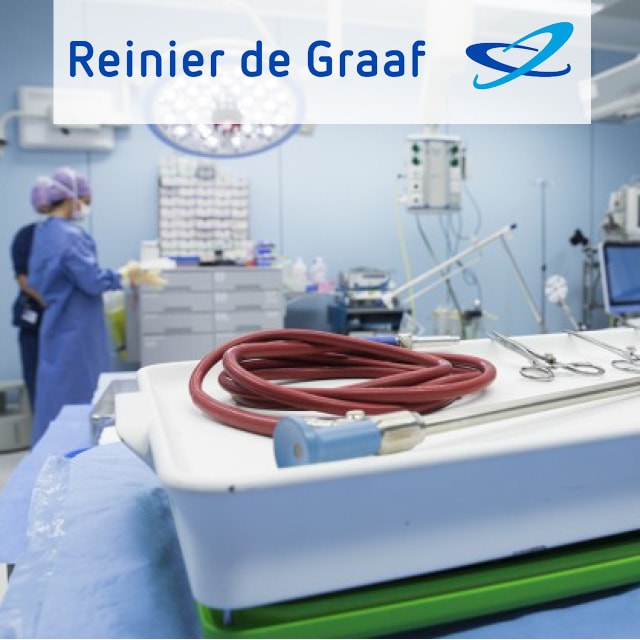
Tracking of Instruments in the OR
The Reinier de Graaf Hospital in Delft (Netherlands) used an RFID-based solution for instrument tracking during an operation as part of a test run.
In order to save costs and resources, operating times are to be as efficient as possible and the safety level for patients during surgery is to be increased. The RFID solution tested in cooperation with Delft University of Technology has achieved these goals in practical use (video).
As the oldest hospital in the Netherlands, the Reinier de Graaf Hospital, with 481 beds, has been treating patients for almost 800 years. Over 2,600 employees work at the hospital.
Process Requirements
In a previous project, larger instruments and racks were already labeled with RFID tags. Smaller instruments such as staples or scissors were identified using colored plastic rings or barcodes. The use of different identification technologies prevented the digital evaluation of surgical data for the analysis of the specific utilization of surgical equipment.
Therefore, the objective was:
- Labeling of the entire OR equipment with an identification technology
- Maximizing patient safety
- Documentation of the shortest surgery duration per surgery category
- Reliable disposition of required instruments and materials
- Optimizing the utilization of each instrument
Solution
Instruments and materials are labeled with miniaturized RFID transponders that are resistant to sterilization processes. The localization of tagged instruments is possible in real time, thus increasing patient safety and minimizing liability cases. The reduced time required for manually prepared surgical documentation and the digital documentation of the surgical equipment reduces and optimizes the duration of surgeries.
The end-to-end insight into the data of utilization for each individual instrument is transparent. Repair and maintenance of the instruments can be planned more optimally. The use of RFID in the overall solution "Safe Surgical Signature" also enables automatic notification of personnel in the preparation area.
Advantages
- Real-time transparency of the instruments and materials used during a surgery
- Automatic identification and tracing of surgical instruments
- Increasing patient safety
- Monitoring abrasion conditions and maintenance
- Optimization of the scheduling of operations
Learn More
Questions? Get in contact with the editorial team!
Technologies
Application Fields






